Expansion of Logistics and Delivery Services
The business to-consumer-e-commerce market in Europe is significantly influenced by the expansion of logistics and delivery services. With the rise of consumer expectations for fast and reliable delivery, companies are investing heavily in their logistics infrastructure. In 2025, it is projected that the last-mile delivery market will grow by approximately 20%, driven by the demand for same-day and next-day delivery options. This growth is prompting e-commerce businesses to collaborate with logistics providers to enhance their delivery capabilities. Furthermore, the introduction of innovative delivery methods, such as drone and autonomous vehicle deliveries, is expected to revolutionize the logistics landscape. Consequently, improved delivery services are likely to enhance customer satisfaction and drive sales in the business to-consumer-e-commerce market.
Technological Advancements in Payment Systems
The business to-consumer-e-commerce market in Europe is experiencing a notable shift due to advancements in payment technologies. Innovations such as contactless payments, digital wallets, and blockchain solutions are enhancing transaction security and convenience. In 2025, it is estimated that over 60% of online transactions in Europe will be conducted through mobile payment systems. This trend not only streamlines the purchasing process but also caters to the growing consumer preference for quick and efficient payment methods. As a result, businesses are increasingly adopting these technologies to remain competitive and meet customer expectations. The integration of advanced payment systems is likely to drive growth in the business to-consumer-e-commerce market, as it reduces cart abandonment rates and fosters customer loyalty.
Regulatory Changes and Compliance Requirements
The business to-consumer-e-commerce market in Europe is increasingly shaped by regulatory changes and compliance requirements. As governments implement stricter regulations regarding data protection, consumer rights, and e-commerce practices, businesses must adapt to remain compliant. The General Data Protection Regulation (GDPR) has set a precedent for data privacy, compelling e-commerce companies to invest in secure data management practices. In 2025, it is expected that compliance costs will rise, impacting profit margins for many businesses. However, adherence to these regulations can enhance consumer trust and brand reputation, ultimately benefiting the business to-consumer-e-commerce market. Companies that proactively address regulatory challenges are likely to gain a competitive edge, as consumers become more aware of their rights and seek out businesses that prioritize transparency and ethical practices.
Increased Internet Penetration and Connectivity
The business to-consumer-e-commerce market in Europe is benefiting from increased internet penetration and connectivity. As of 2025, approximately 90% of the European population is expected to have access to high-speed internet, facilitating seamless online shopping experiences. This widespread connectivity enables consumers to browse and purchase products from the comfort of their homes, thereby expanding the customer base for e-commerce businesses. Additionally, the proliferation of smart devices, such as smartphones and tablets, is further driving online shopping trends. The ease of access to e-commerce platforms is likely to encourage more consumers to engage in online shopping, thereby propelling growth in the business to-consumer-e-commerce market. This trend indicates a shift in consumer behavior towards digital channels, which businesses must adapt to in order to thrive.
Growing Consumer Demand for Diverse Product Offerings
The business to-consumer-e-commerce market in Europe is witnessing a growing consumer demand for diverse product offerings. As consumers become more discerning, they seek a wide range of products that cater to their specific needs and preferences. In 2025, it is anticipated that niche markets will account for over 30% of online sales, reflecting a shift towards personalized shopping experiences. E-commerce businesses are responding by expanding their product lines and offering unique items that are not readily available in traditional retail settings. This diversification not only attracts a broader audience but also enhances customer loyalty, as consumers are more likely to return to platforms that offer products tailored to their interests. Consequently, the ability to provide diverse product offerings is becoming a crucial driver in the business to-consumer-e-commerce market.


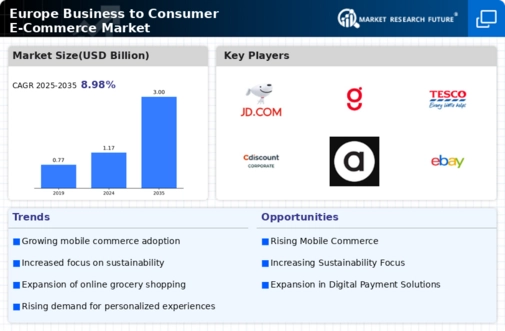
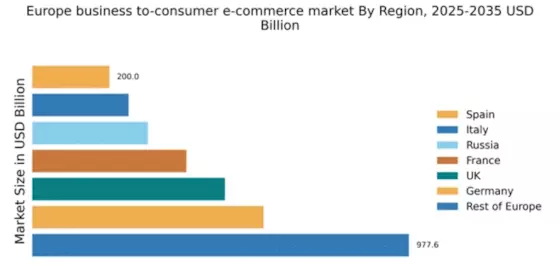
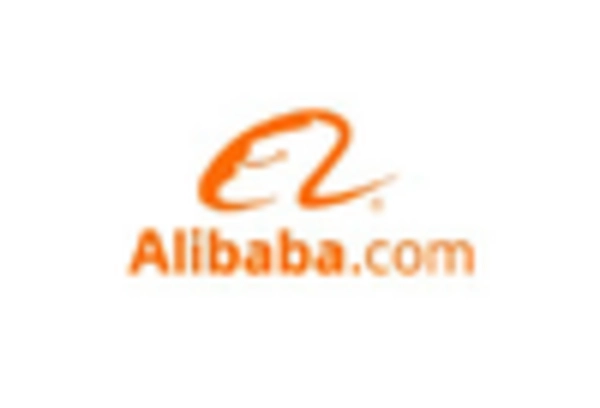
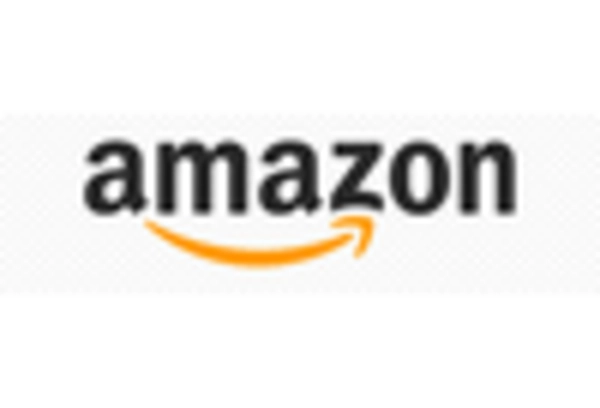
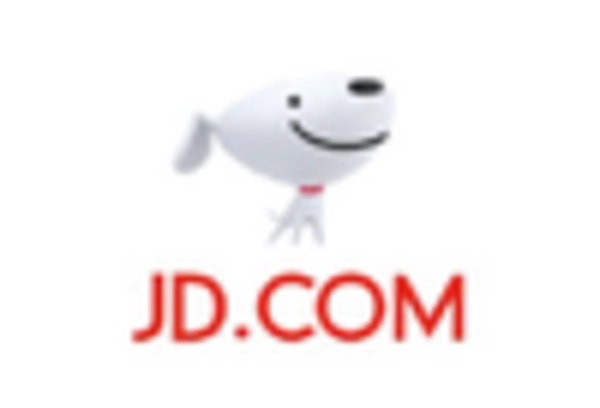
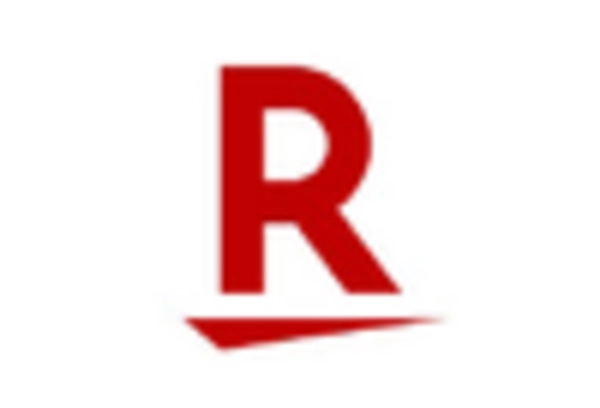

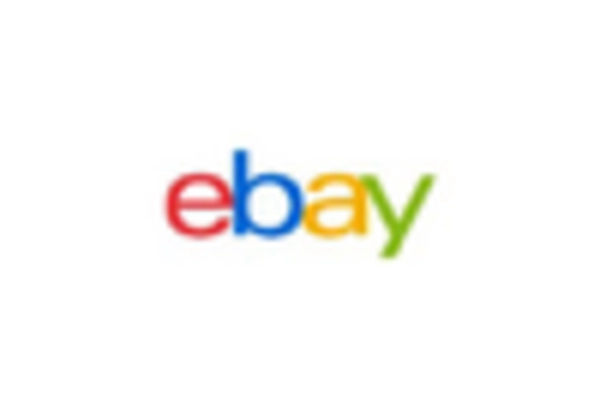








Leave a Comment